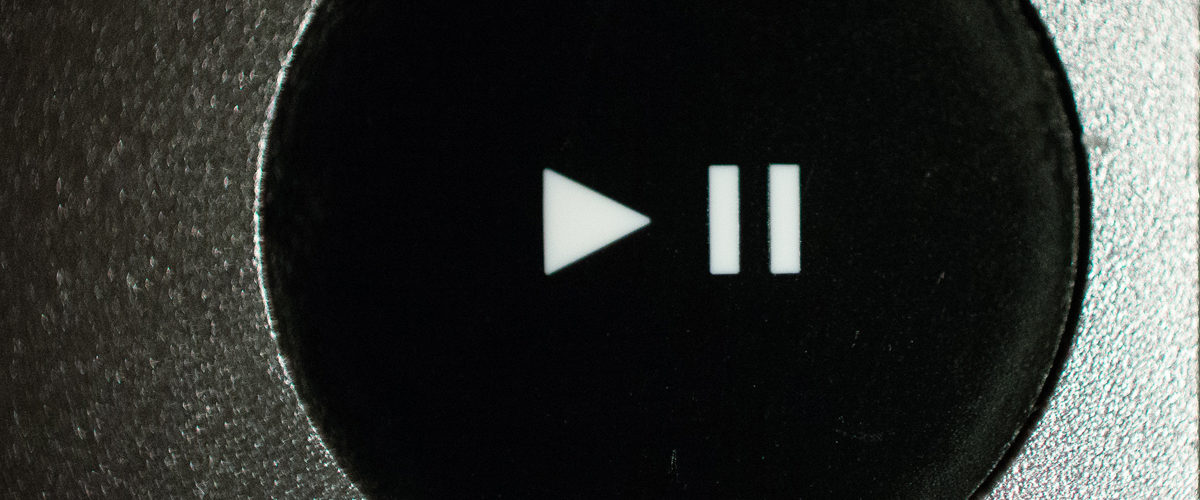
A common misconception is that a speaker must never allow any gaps or pauses in their speech. However, letting silence into your performance can foster a healthy connection between yourself and the audience.Pausing every now and then projects confidence and a willingness to listen. Depending on how you use them, pauses can improve or hold back your presentation.Use pauses to your advantage in three ways:
Establishing Your Presence
Starting your presentation as soon as you get onstage can leave you breathless by the time you’re halfway through. Still, taking your time before beginning doesn’t mean you’re just going to stand there silently.Use the moment to establish a positive atmosphere before you present. Smile and make eye contact to connect to your listeners. This lets them know that you intend on communicating and conversing with them, not solely to drop a few points in a stiff presentation.You can also take deep breaths to calm you nerves and organize your thoughts. Having time to think about your speech results in more articulate delivery.
Pausing to Emphasize Ideas
One of the most effective uses of a pause is to stress a key point in your speech. Maximize this function by pausing between major ideas you want your audience to remember.The types of pauses vary depending on the type and importance of the message you’re trying to convey. A brief pause is enough when trying to differentiate between two clauses. On the other hand, a longer break is required when you’re pausing after an entire statement.Six Minutes founder and speech evaluator, Andrew Dlugan, enumerates the types of speech pauses on his site. Among these examples, the longest pause, also known as the paragraph pause, is used when you’re transitioning from one main point to the next.The key to this type of pause is to mentally place punctuation marks in your speech. It also adds tone and variety in your way of speaking, further engaging your audience.
Collecting Your Thoughts
You might come across a roadblock in your presentation. An audience member could interject unexpectedly with an awkward or difficult question, or you lose your train of thought somewhere along the way.In one of her posts on Quick and Dirty Tips, Lisa B. Marshall, host of The Public Speaker podcast, writes: “Take a moment to pause if you get flustered or blank out. Reiterate your previous point and move on to the next one you remember.”Instead of saying filler words like “ah” and “um”, Marshall suggests you use silence to your advantage. It may look counterintuitive to pause at such a time, but silence lets the audience know you’re thinking of an answer.Don’t panic if you can’t say the next thing right away. Panicking will only worsen the situation and prolong your pause. Instead, allow yourself a few seconds of thinking before getting back on track.
Conclusion
Used in the right way, silence can help create a powerful presentation. In front of an audience, resourcefulness means maximizing every resource at hand, even the pauses you make in your speech.Make use of the first few seconds before your presentation to establish your presence and connect with the audience. Speech pauses can especially be used for emphasizing key points and collecting your thoughts during unexpected situations. Just remember to stay calm and composed so you don’t make the pause too long.Silence isn’t always a bad thing, so start taking advantage of pauses during your next presentation. Need help with your PowerPoint needs? Contact our SlideGenius experts today and get a free quote!
References
Dlugan, Andrew. “Speech Pauses: 12 Techniques to Speak Volumes with Your Silence.” Six Minutes. Accessed October 12, 2015. www.sixminutes.dlugan.com/pause-speechMarshall, Lisa. “5 Tips for Powerful Pauses.” Quick and Dirty Tips. Accessed October 12, 2015. www.quickanddirtytips.com/business-career/public-speaking/5-tips-for-powerful-pauses Featured Image: “[Play] Pause” by Martin Kenny on flickr.com





